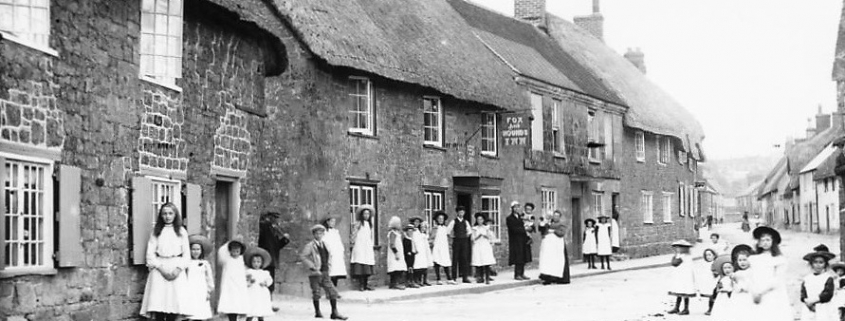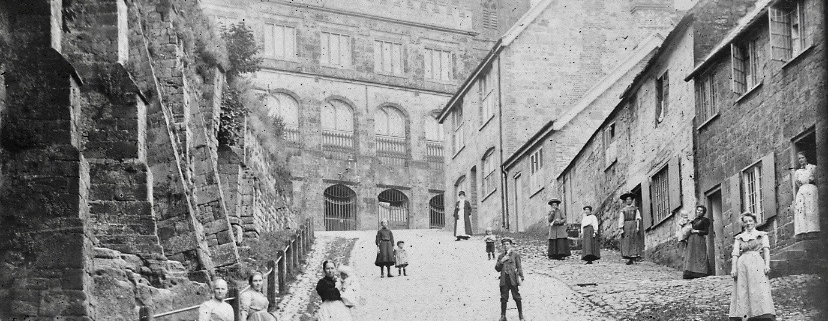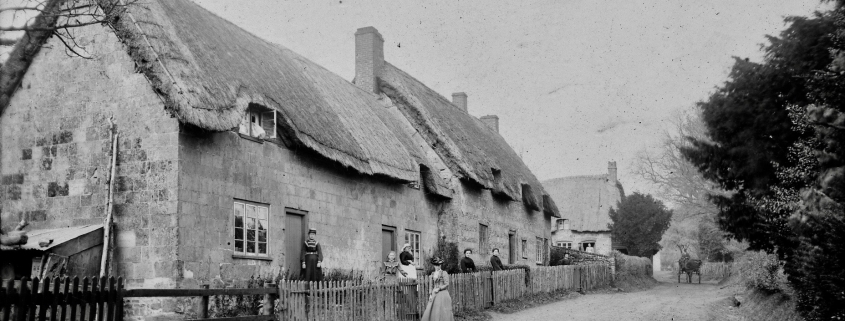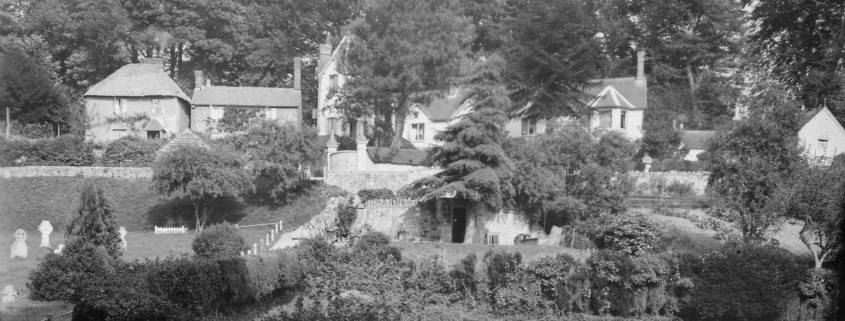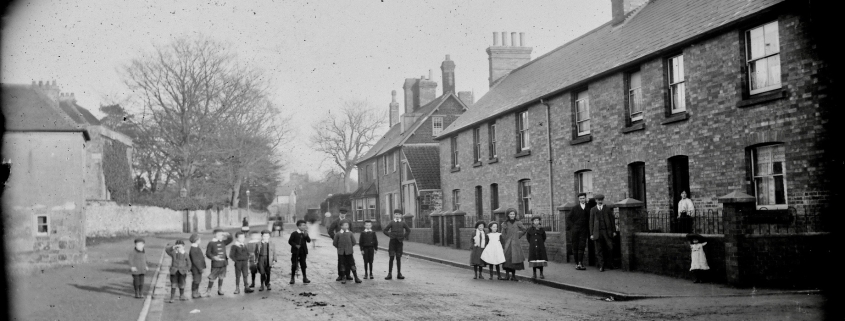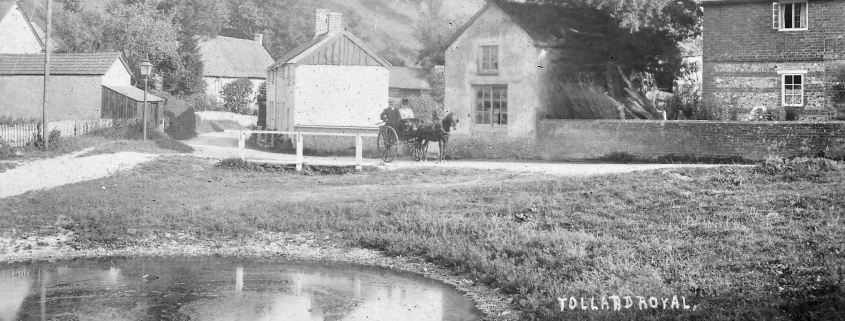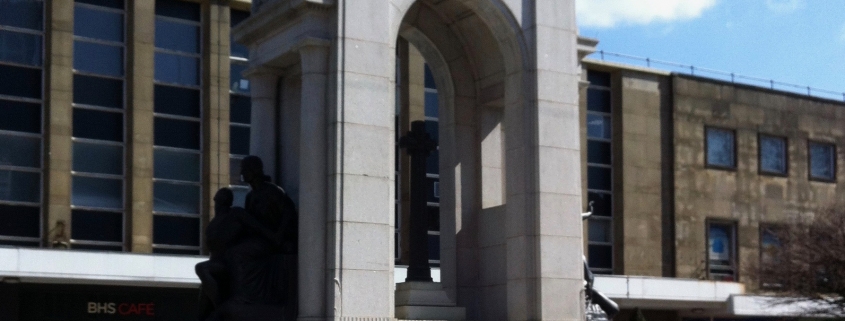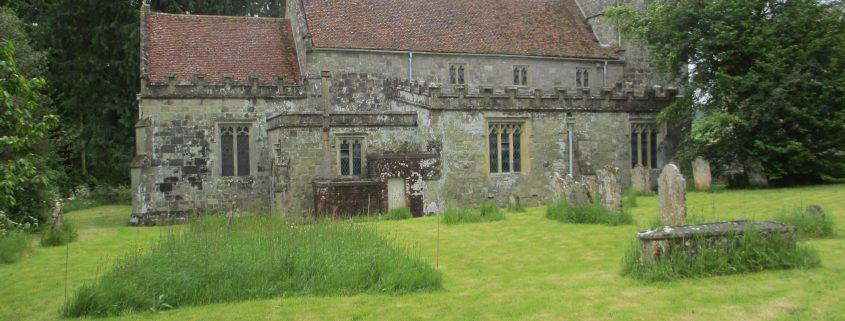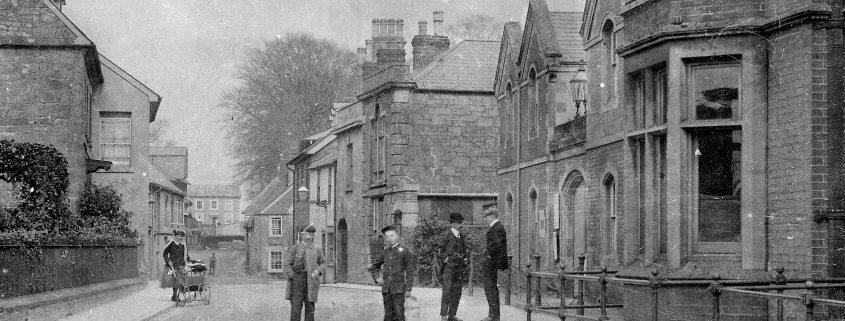William Green
Surname: Green
Other names: William
Locations in this story: Alvediston, WiltshireMarylebone, LondonDenman Street, Radford, Nottingham, NottinghamshireEgyptPalestine
Story: William Green was born in Alvediston, Wiltshire during 1879 the son of Augustus Philip Green and Jane Green (née Courtney). By the 1881 Census the family had moved to 81 York Street, Marylebone, London. William married Bertha Maud Osborne in Nottingham during 1906. There were four children of the marriage. He had enlisted in the Notts & Derby (Sherwood Foresters) Regiment on 12th June 1910 (Service No. 612062) and served in Egypt and Palestine during the First World War. He was promoted in due time to Wheeler Sergeant. He was later attached to the Royal Horse Artillery (283rd Notts. Battery) on 20th December 1918. Discharge came on the 29th January 1920 when he received a 30% Disability Pension for 'general debility' caused by his service. He was awarded the Victory, British War and Territorial Force Medals as well as the 1914/15 Star. His last known address was 268 Denman Street, Radford, Nottingham, where he died in 1937.
Source: Based on previous research by Ken Baxter.
Source: Based on previous research by Ken Baxter.
Images:
Links to related web content / sources: The National Archives

